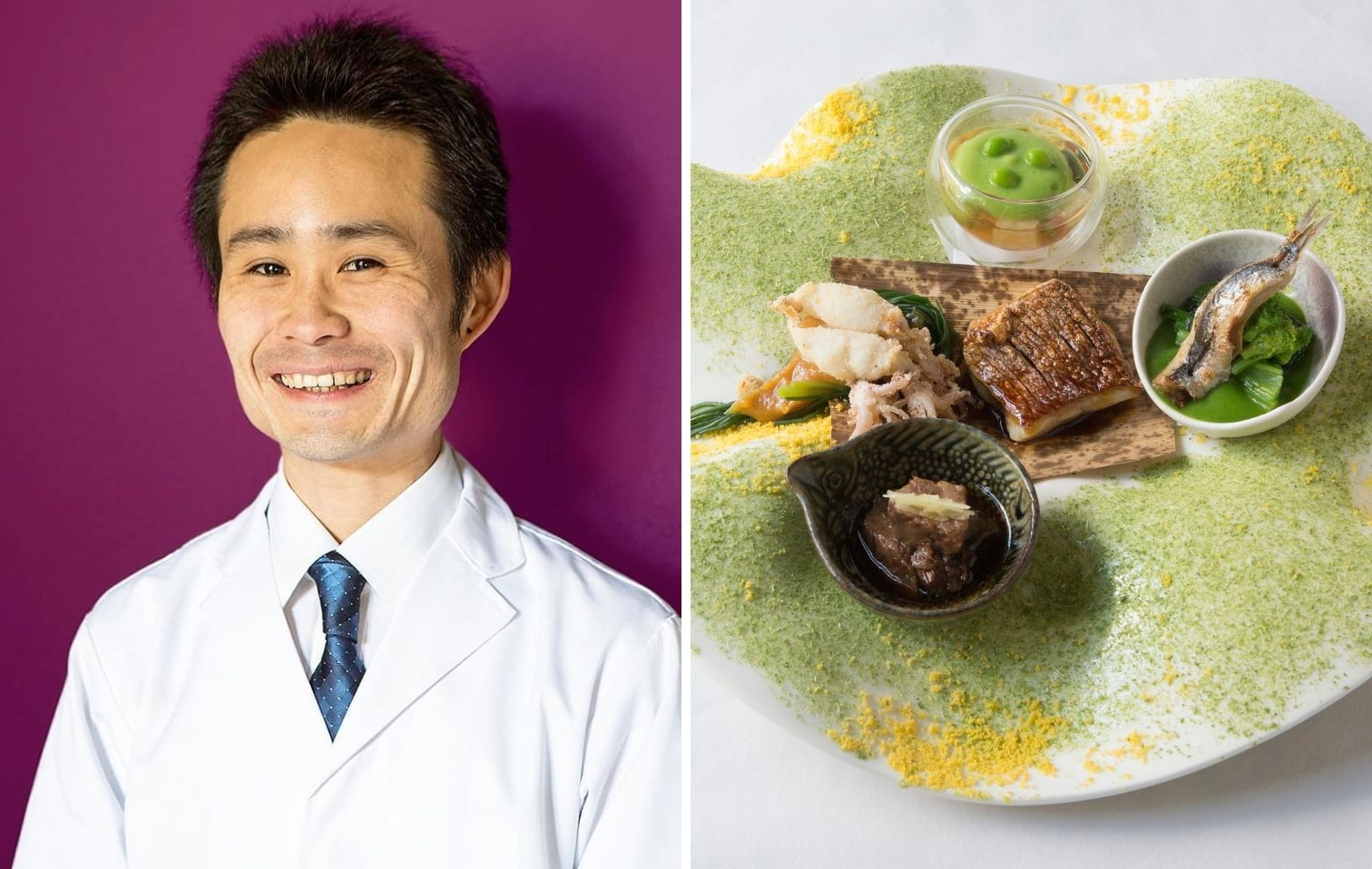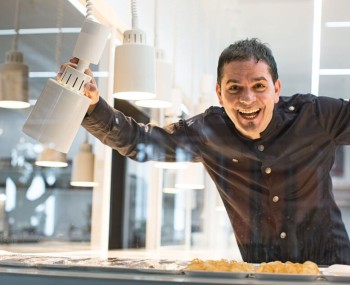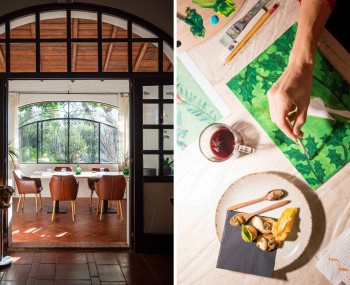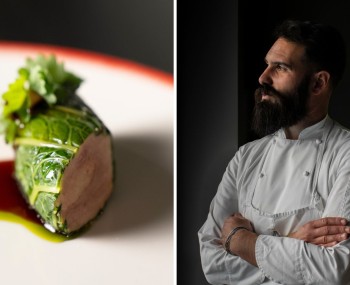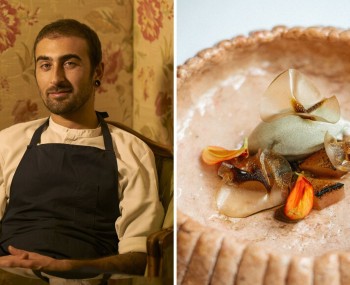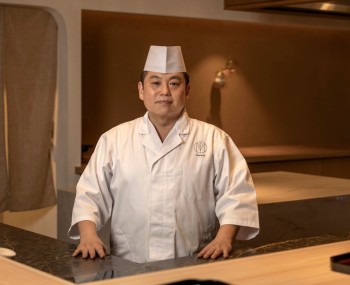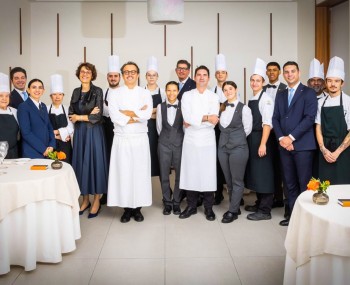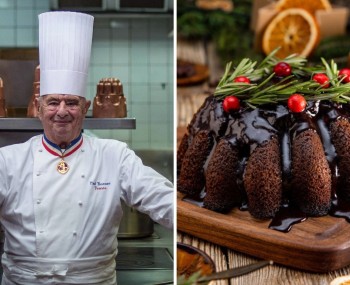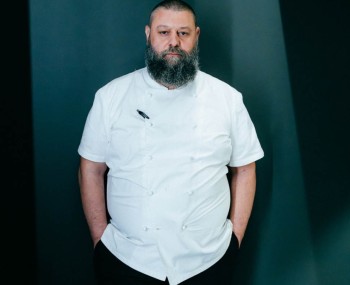From his passion for knives to the delicacy of Kaiseki preparations, Satoshi Hazama tells us about his Japanese cuisine in the heart of Milan.
The restaurant and the evolution of Japanese cuisine
When it comes to Japanese cuisine, the terrain becomes just as complex and impervious as the structure of this country. Three-quarters mountainous, Japan has more than thirty thousand kilometers of coastline. Only 12 percent of the land is farmland, however, and this figure alone should give pause for thought. Japan's cuisine is one of rice, vegetables, and of course fish, meat, and seaweed, but these last three ingredients come only in the background when considering true traditional cooking.

What I have come to understand about traditional Japanese cuisine are two fundamental things: the first is that the cuisine of the Land of the Rising Sun is, in structure and concept, very similar to rural Italian cuisine, and the second is that one of the must-have ingredients in any preparation is time. Time for cultivation, time for preparation, and time to learn techniques, including cutting. Japanese culture also teaches us through food that attention to human relationships is the basis of life and work, and that color and taste are important only when accompanied by a story, a tale.
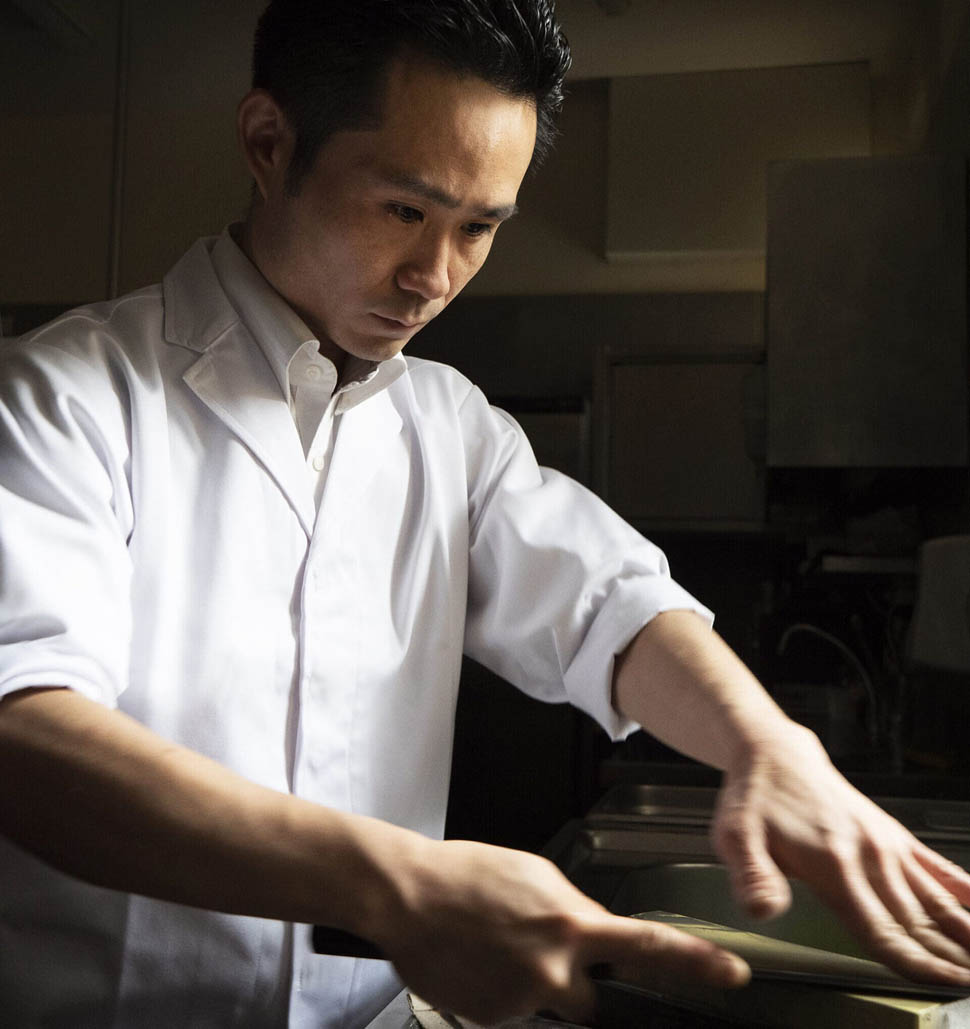
All this, and much more, is told by the dishes of Satoshi Hazama, who offers true Kaiseki cuisine in his eponymous restaurant. The cuisine of Satoshi San San (as I learned to call him after all our meetings and written exchanges) is traditional home cooking that is offered in small and varied courses. Although it is based on this concept of simple, home cooking, Chef Hazama's is a style that fuses Japanese techniques with what are some Italian gastronomic habits and this is a choice not only of style, but also of deep intelligence - and I will explain why.
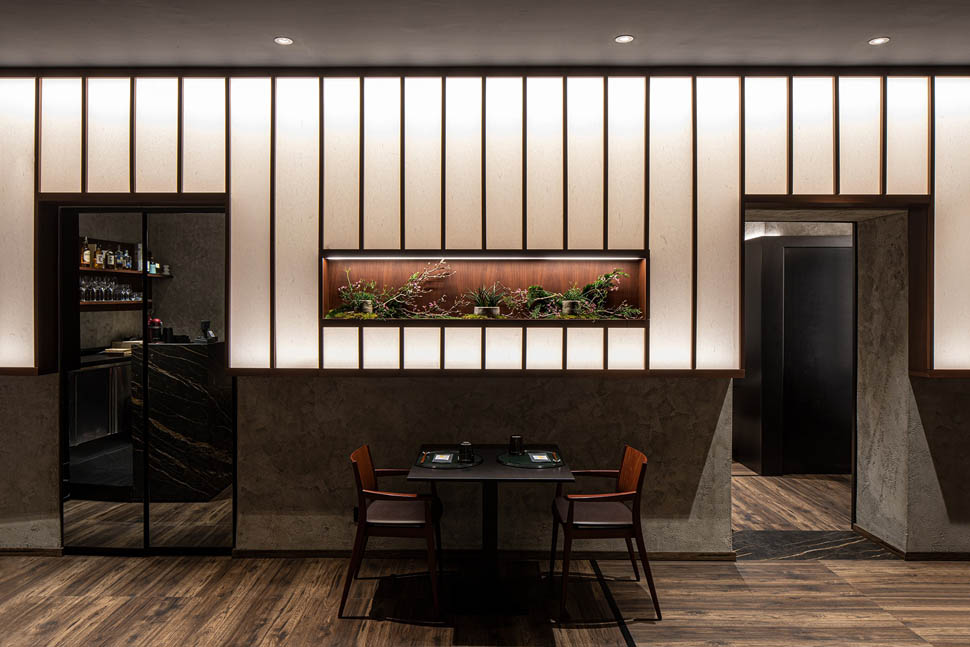
By now, chefs around the world are resorting to Japanese flavor combinations, but they do not always have access to the highest quality products. This is an issue of sourcing the right ingredients and, let's be honest, also an issue of cost that would burden first the restaurateur and then, cascading, the customer. Chef Hazama, while using authentic ingredients from Japanese cuisine, intelligently reasons and proposes Italian components that slightly modify the flavor of the tradition of his origins, but maintain a naturally elegant balance. One example? His potato salad, a typical Japanese dish, which at Ristorante Hazama is enriched with tiny cubes of Mortadella Bologna Igp (I recommend it!).
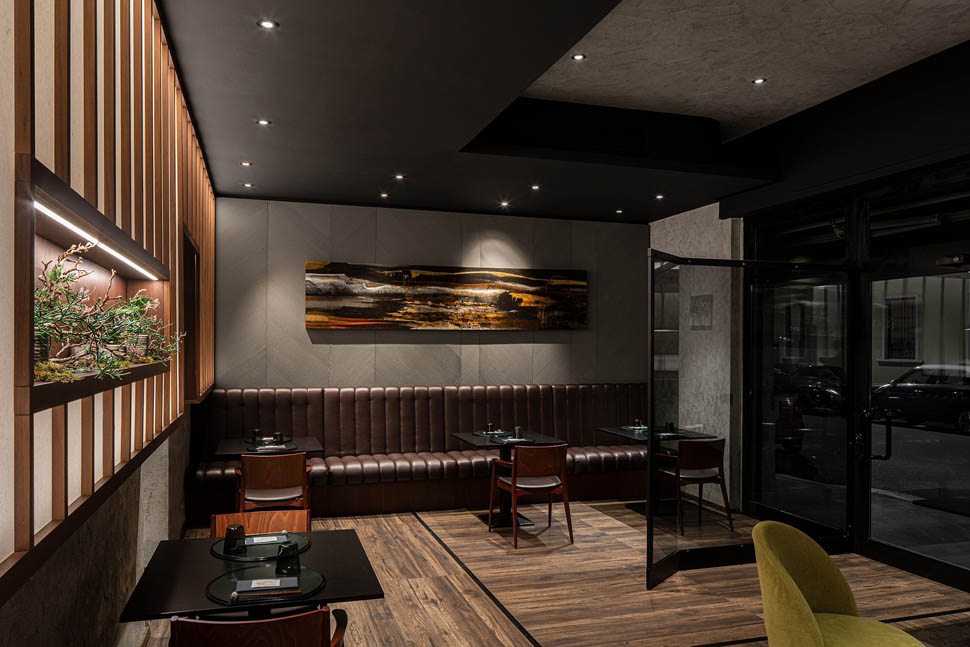
I have eaten at Hazama's on several occasions and each time I have left amazed and with a lighter spirit, this I say to prove that Japanese cuisine is not only about flavors but also, and perhaps above all, about feelings. Before I tell what Satoshi San told me during our interview, however, I would like to make a brief specification to understand a bit about how Japanese cuisine has evolved over the last century.
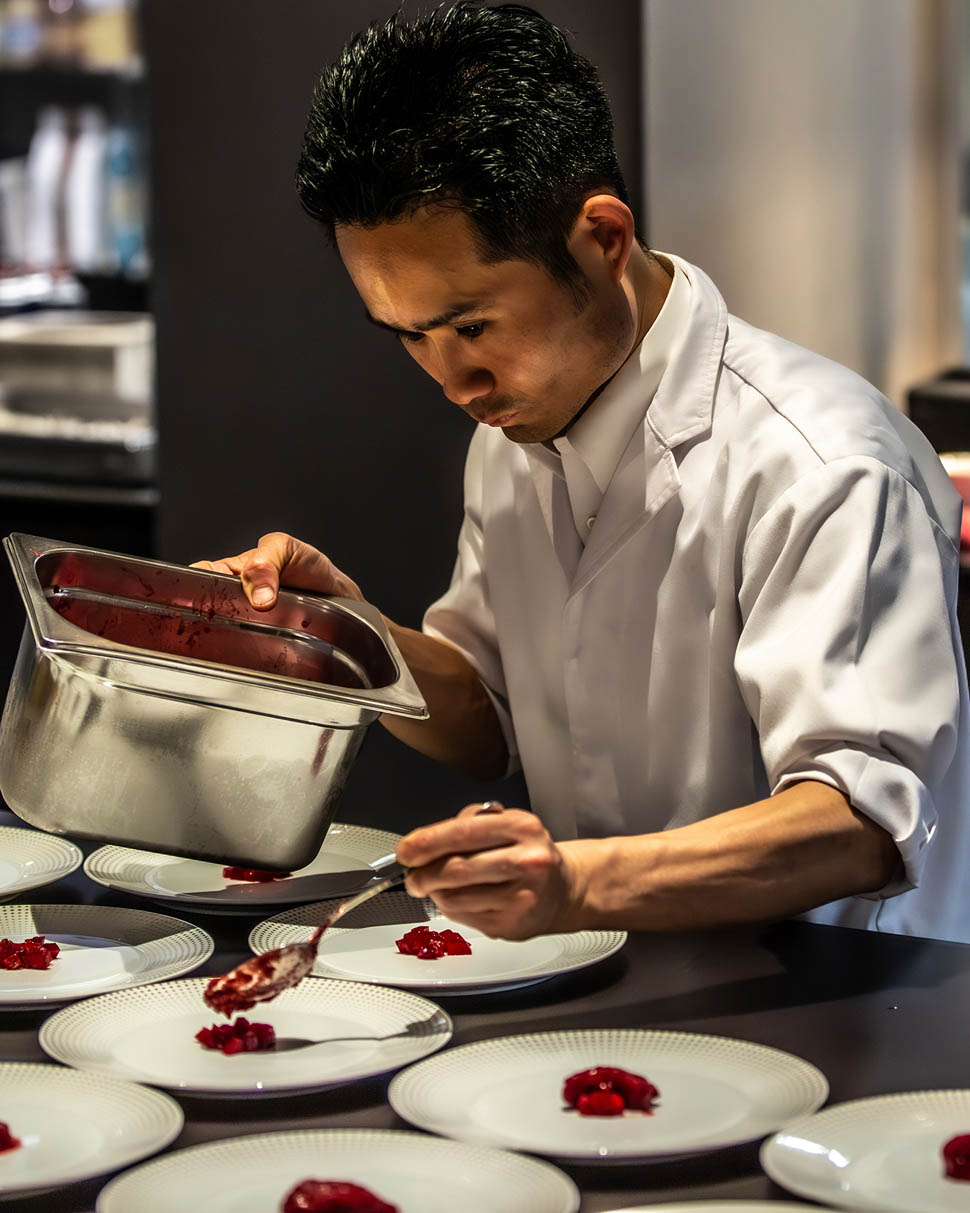
The origins of classical gastronomy must be sought in the history of the wealthier classes, this is because in rural areas people lived in extreme poverty, which obviously also affected ingredients and preparations. After World War II, Japan approached a time of severe famine also dictated by the embargo, but already in the 1960s urban dwellers were faced with a wider and more varied choice of products, from the land certainly but also Chinese and Western. The turning point came in the 1970s when home cooking approached a more luxurious range of ingredients. That is why Japanese cuisine, as we know it today, has, of course, simple and inexpensive preparations, but also more complex and valuable courses. This is a contrast that works and that you can experience for yourself at this restaurant.
The interview with chef Satoshi Hazama
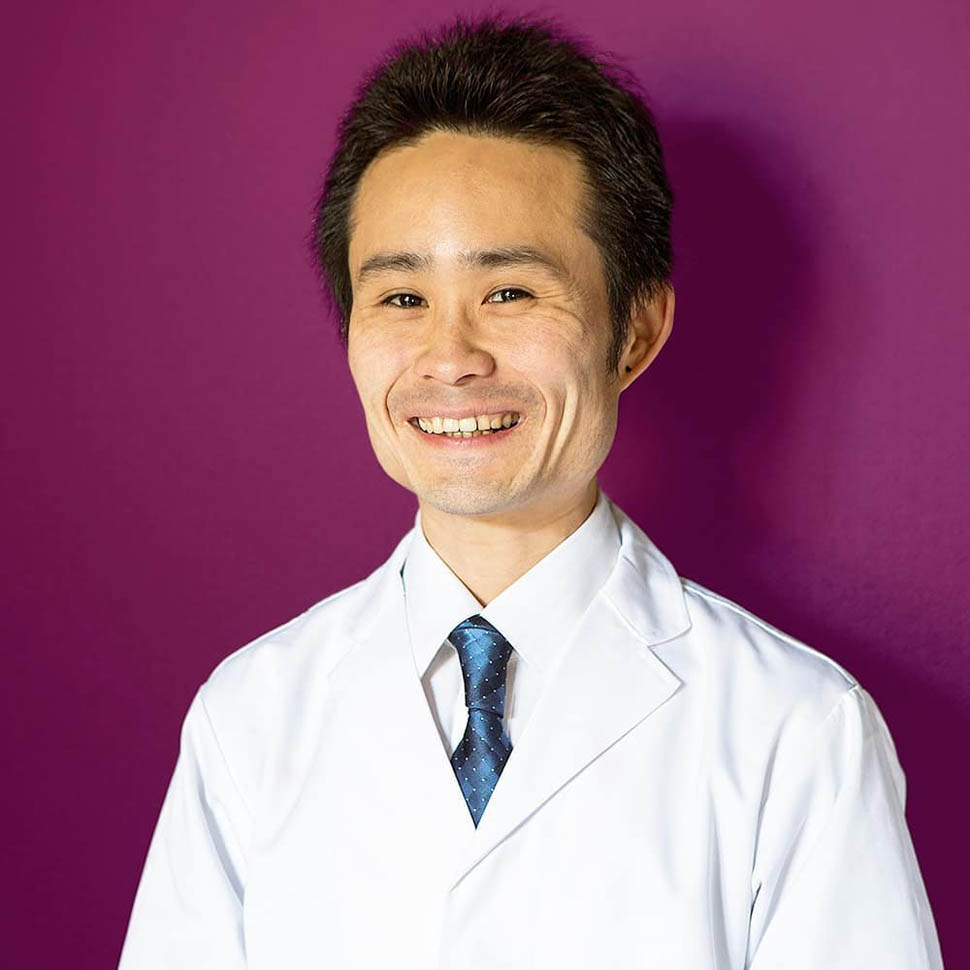
When did you decide which type of cuisine to offer in your restaurant?
When I entered the world of cooking in Japan, I was about 16 years old. My first teacher was the one who passed on my passion for Kaiseki cuisine, so it didn't take me long to decide that one day I would open my own restaurant offering this type of cuisine.
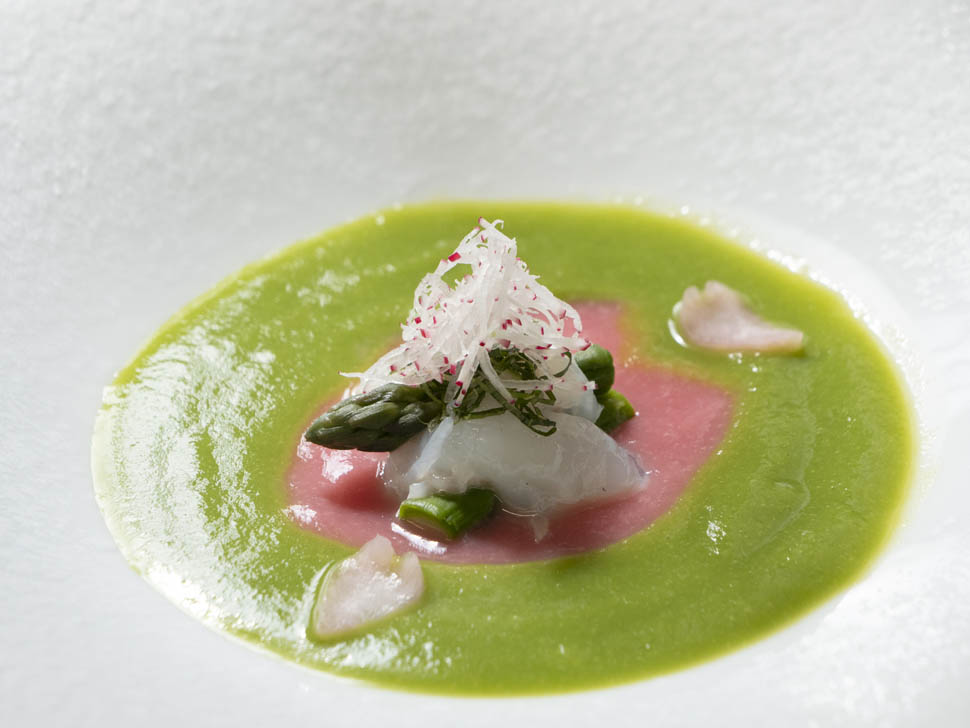
Which chef has inspired you the most in Italy?
I had the honor of working with chef Riccardo Monco, he helped me understand what I could be capable of in my restaurant. Besides the tradition of Italian cuisine of course, with him the level of attention to the dishes was very high, so I knew what refinement in a dish and elegance are. All this fits perfectly with the concept of hospitality that is at the heart of Kaiseki cuisine, where the customer must always be at the center.
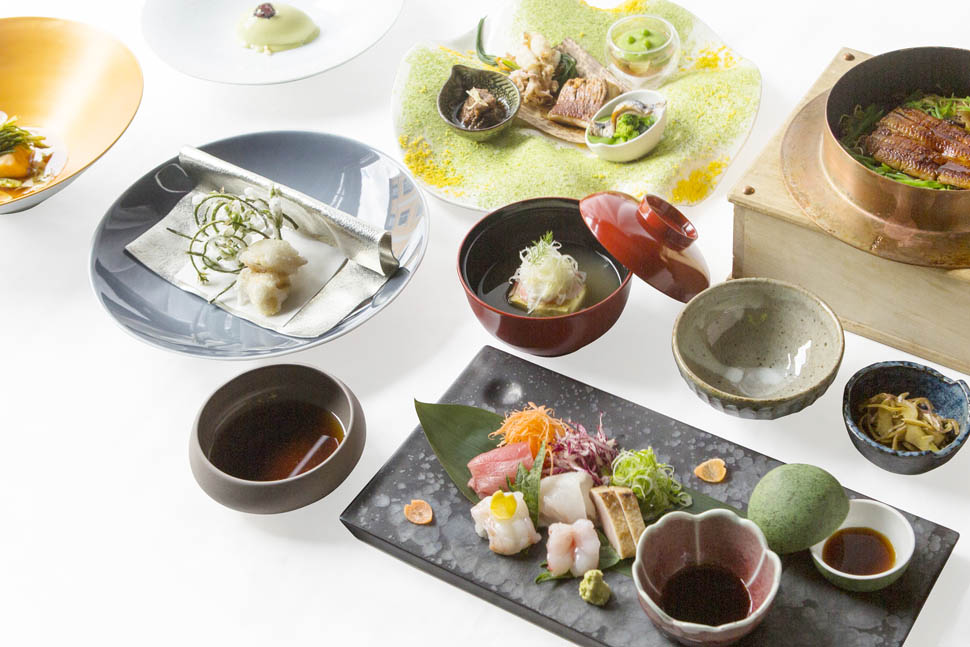
Why did you decide to open your restaurant in Italy?
Because in Italy Kaiseki cuisine was unknown. We Japanese here are famous for dishes like sushi or ramen, few Italians know the highest expression of Japanese cuisine, which is Kaiseki cuisine precisely.
In addition to Japanese and Italian cuisine, what do you think is the cuisine that deserves the most attention?
In my opinion, the most interesting cuisine, besides Japanese and Italian, is French cuisine because of its techniques.

Which dish on your menu represents you the most?
The dishes that most represent me are two. Otsukuri, the sashimi with three types of fish, because this is where all my passion for cutting and knives is found, and then Hassun, my tray with six seasonal specialties, because in each season I propose my vision of the period both in the decoration of the dish and in the small courses that make up this preparation.
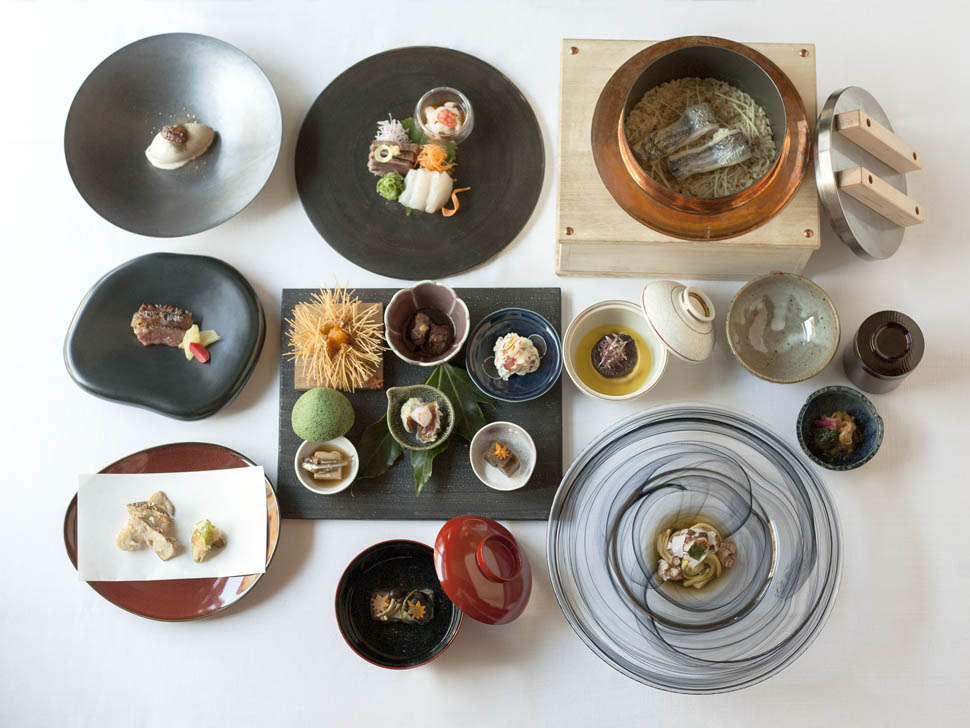
Tell us how your passion for knives and cutting came about. Which knife do you use most frequently? Where did you get it from?
Even when I was a child I remember having among my toys a katana, the iconic Japanese sword, either made of plastic or wood. Then when I started working I began to study sharpening. After sharpening, the passion for knives was born in me because that is where I understood and deepened the quality of the materials. Sharpening and its techniques are very much related to the Japanese mentality. If we are nervous or agitated we can never make a good cut. So it takes considerable self-control, calmness and tranquility. The knives I use most frequently are the Kiritsuke and the Yanagiba.
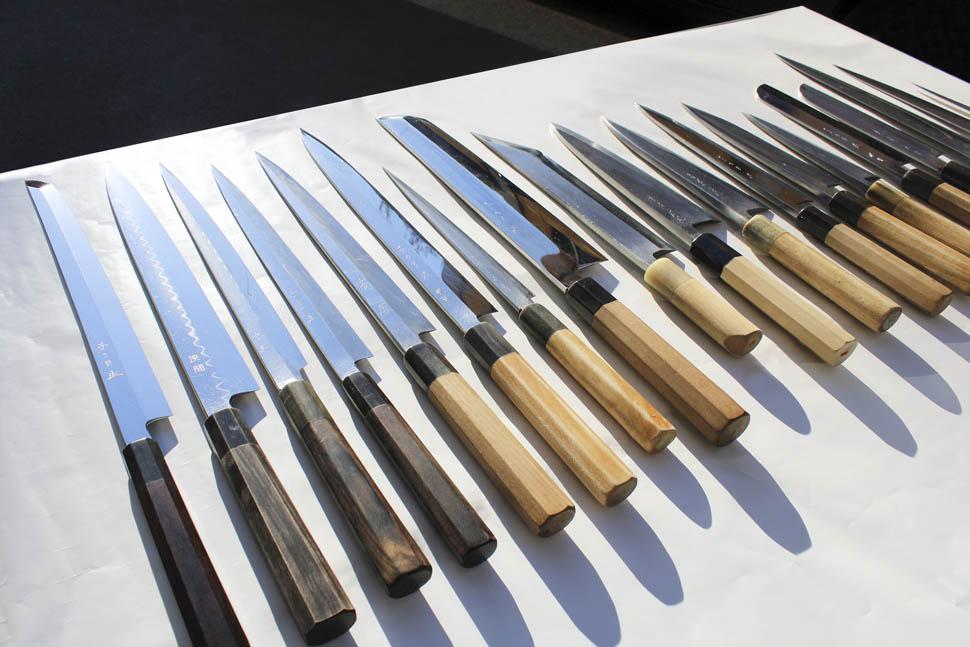
Where did you purchase them?
Obviously in Japan.
What do you think about “fake” Japanese restaurants?
Everyone does their own business. The only thing I regret is that people who have never visited Japan are likely to think that what they often eat here is real Japanese cuisine. When you go to Japan you realize that it is not. I hope that those who offer Japanese cuisine will align themselves with what the real flavors are so as to spread our true food culture.
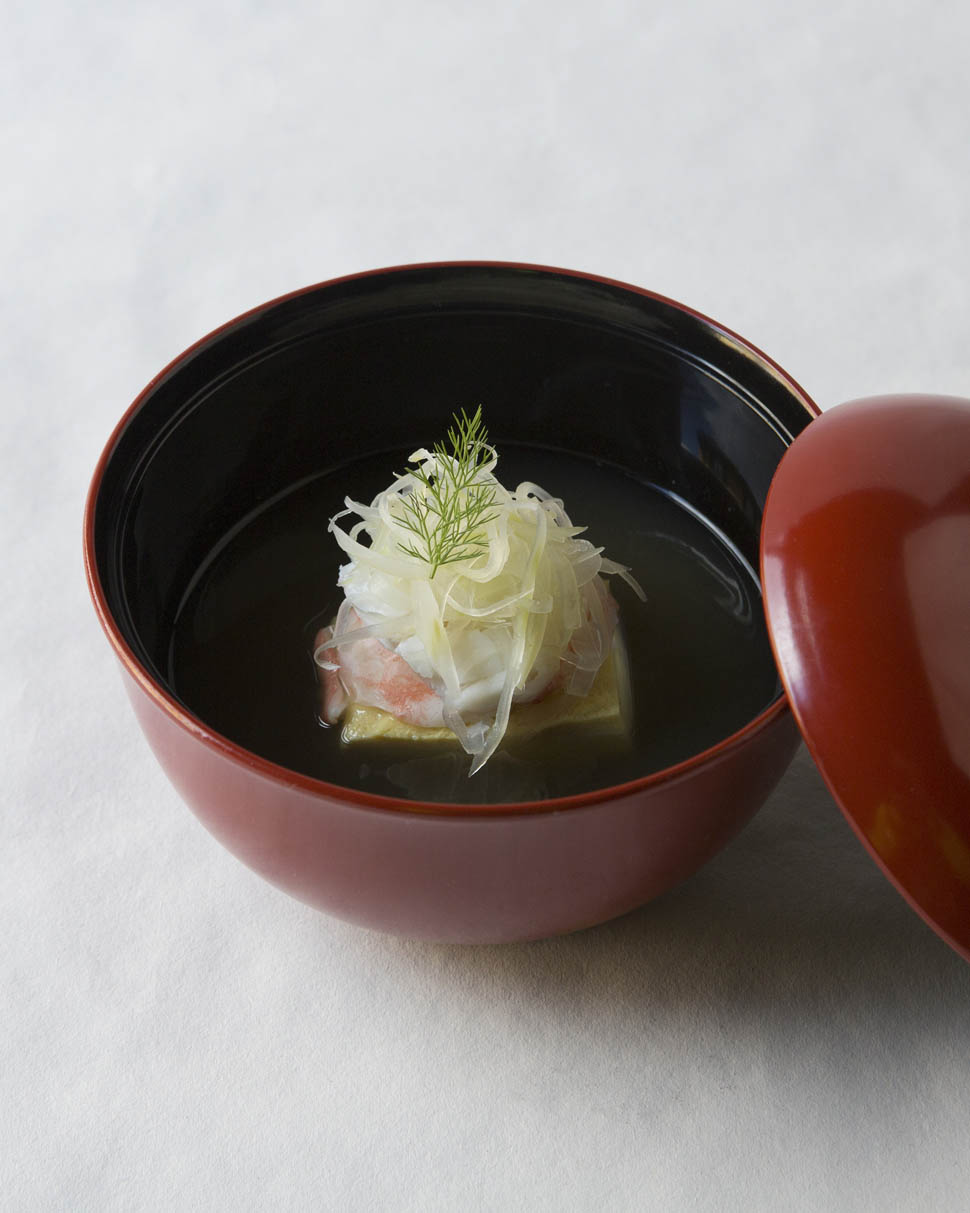
Do you like to go and try other restaurants? If yes, what is the last one you tried? And the one you liked the most instead?
Yes I like it, the last one I tried in Milan is Kanpai and I liked it very much. One of the places I enjoyed the most is Tarikino Kappo in Tokyo.
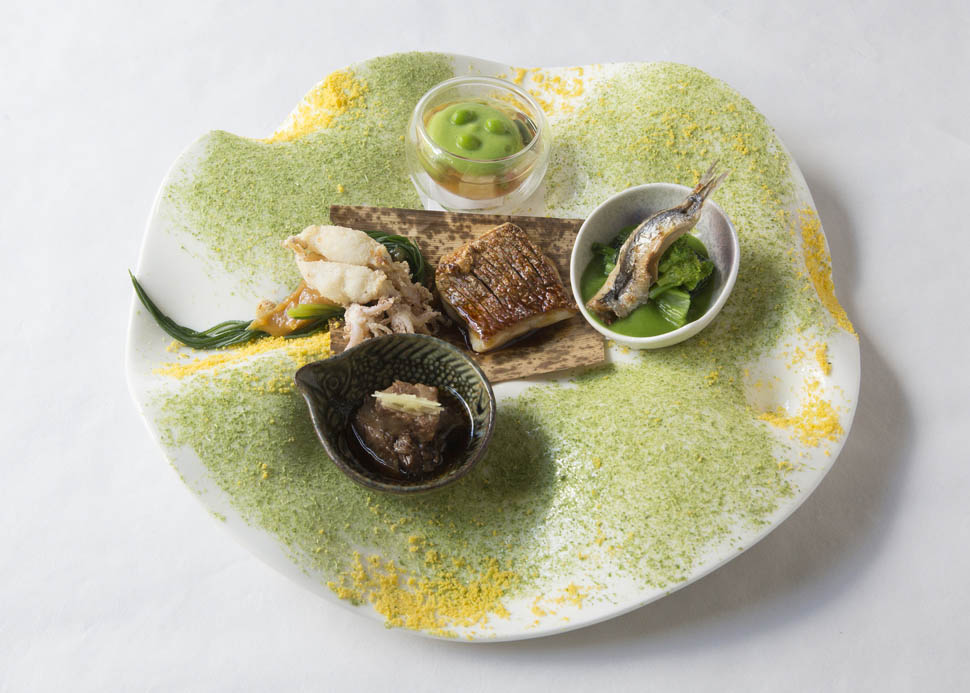
Contact and info
Hazama Restaurant
Via Savona 41 - 20144 Milan
From Tuesday to Sunday - 12:00 - 14:30 | 18:30 - 21:30
Reservations: +39 02 0995 5972
Email: info@ristorantehazama.com
